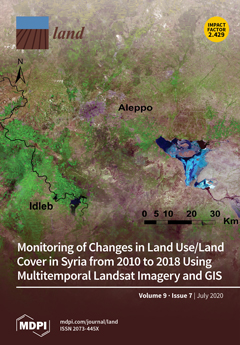Resource information
The fast-growing palm oil economy has stimulated a significant expansion of oil palm plantations in Indonesia. The uncontrolled development of large oil palm plantations has raised complex socio-ecological issues, including changes of ecological landscapes, organization of production, and farming household livelihood systems. For two oil palm villages with different ecological settings, this article describes changes in land cover, how production is organized, and the income structure changes due to rural economic development. The research used survey approaches and analysis of earth maps, assisted by data obtained from satellite imagery. A qualitative approach was also used to support a survey via in-depth interviews. The research was carried out in two oil palm economy-based villages of Kutai Kartanegara District, of the Province of East Kalimantan of Indonesia. The first village is located very close to the center of regional administration and has evolved into a non-farming economy. In contrast, the other village is more isolated and solely relies on farming activities. The study found that changes of land cover caused by oil palm expansion could be categorized into two types, concentrated and spotted, following the influence of oil palm investment activities. It was also found that organization of the production of most smallholders existed in two types of arrangements, partial and total integration of production. From the perspective of livelihood, two different types of income structures emerged, diversified and uniform. This article concludes that responses of smallholders to palm oil spread varied depending on the ecological setting, the existence of the already established plantation economy in the region, the capacity of the smallholders to diversify economic activities based on palm oil, and the exposure to external economic activities.


